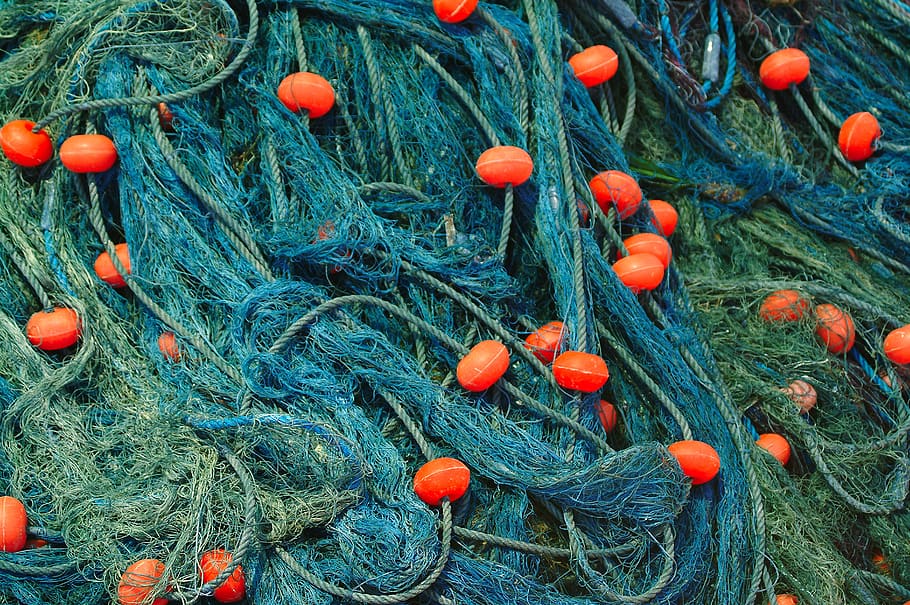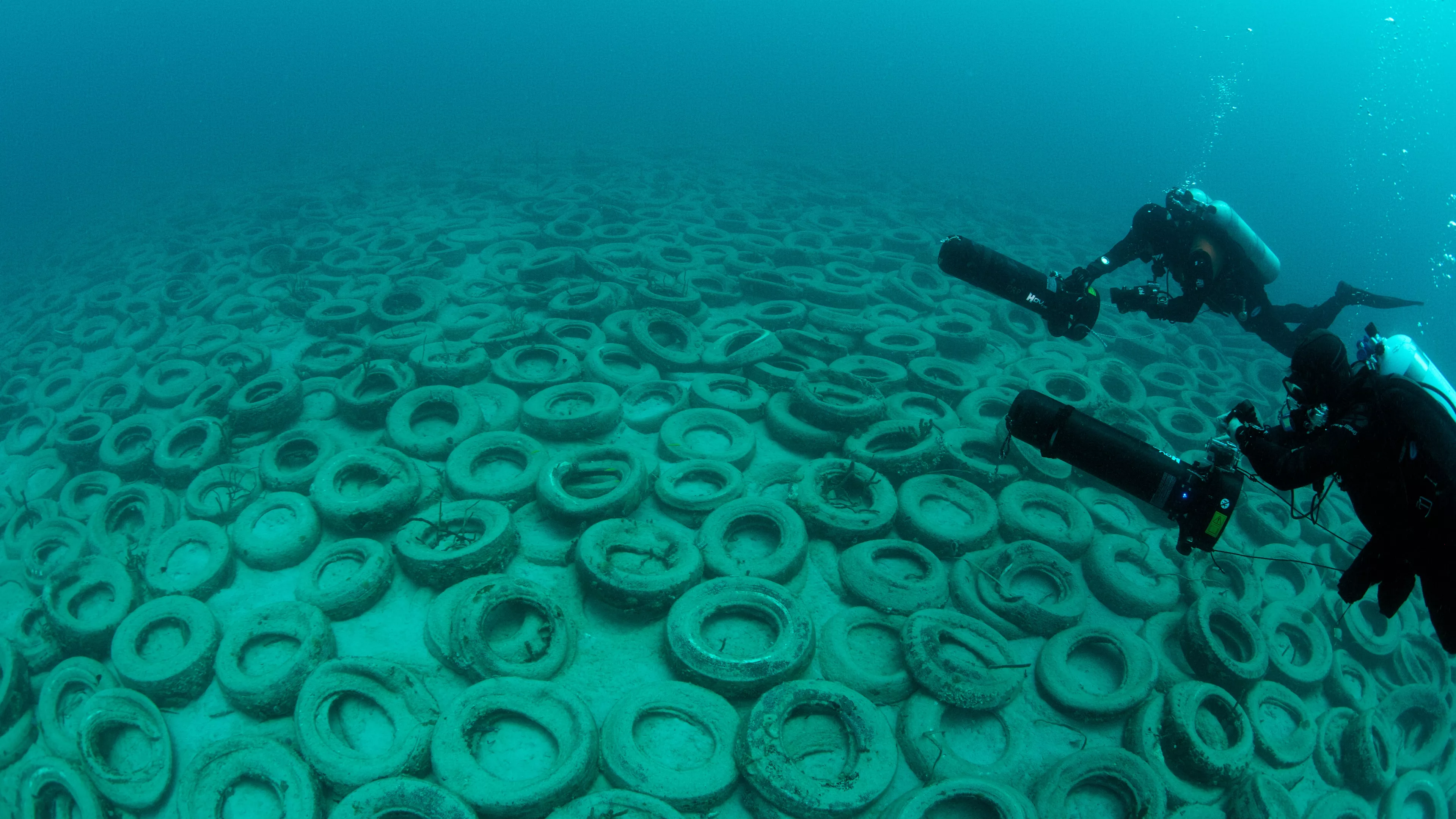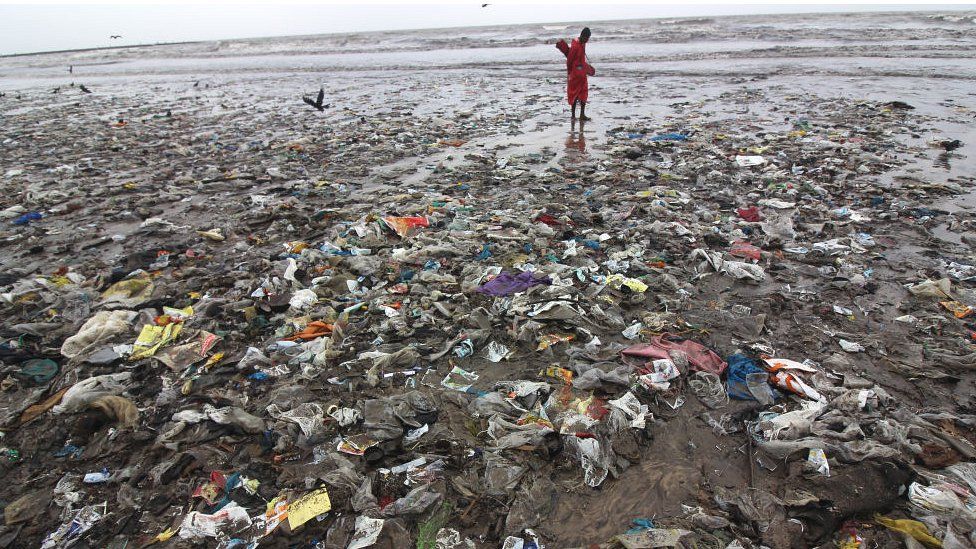Three hundred tons of plastic are produced yearly and over eight million tons of it winds up in our oceans.
There is currently no landscape that has not been touched by plastic. Even faraway islands without any human inhabitants have beaches covered with plastic. It is actually raining micro-plastic pieces now. Plastic has been found in the arctic and as deep as the Mariana Trench. Plastic is everywhere.
Plastic doesn’t ever go away. Plastic doesn’t biodegrade and it won’t turn back into soil. Instead, over time, it becomes brittle and it breaks up into smaller and smaller pieces until it is so tiny, it is considered micro or nano plastic. Here are a few ways to help you reduce ocean plastic pollution:
Reduce Single-Use Plastics
The first suggestion is to reduce single-use plastics in your life. It can be pretty surprising how much plastic one can eliminate from one’s life by being conscious of the plastic we use.
When it is time to make a new purchase, a quick google search will turn up tons of plastic-free swaps so you can switch out items like your toothbrush, disposable coffee cups and water bottles.
It has been found that one of the most common household plastic items found in the ocean were bottle caps.
Most plastic is not recycled. Only 9% of all the plastic produced has ever been recycled. This is why it is essential to be mindful of the materials you bring into your life.
First, reduce what you bring into your home. Reuse what you have and then after you have reduced and reused all that you can – then and only then…recycle!
Obviously, it is crucial to purchase products made with recycled materials.
Fishnets

Fishnets are one of the biggest polluters in the ocean. Many times old nets will be thrown into the sea, which is horrible because marine life gets trapped and cannot escape.
Glitter
Yes, glitter is plastic – glitter face masks, sunscreens and festival makeup. This is all plastic and when we go to wash the glitter off of our body, it goes straight down the drain and into the waterways. Since glitter is so tiny, it is often too small to get filtered and winds up in the ocean.
Before you glitter, ask yourself if you really need to use it. It is unlikely that you will ever be in a situation where you absolutely have to use glitter, but if you do, use biodegradable ones. These biodegradable glitters, made from cellulose, break down very quickly once you wash them off your body.
Microbeads
It is pretty hard to find products with microbeads, but they are a major contributor to microplastics in the ocean. Thankfully, microbeads have been banned by most countries. Check your labels just in case and opt for microbead-free products.
Tires

According to The Guardian, “68,000 tonnes of microplastics from tyre tread abrasion are generated in the UK every year and between 7,000 and 19,000 tonnes entering surface waters.
Michelin has introduced a biodegradable and 3-D printed tire that would last forever. We can only hope this becomes a reality.
Microfibers
Lastly, microfibers are a significant source of plastic pollution in the ocean. Every time you wash synthetic clothing like polyester, acrylic and fleece, plastic fibers from the clothing are shed into the waterways.
A study by Plymouth University found that a single load of clothes could release up to 700,000 microplastic particles.
However, there are a few ways we can fix this problem:
- Opt for natural fibers when you are shopping. Natural-based fibers are wool, cotton, silk, hemp, linen, rayon, viscose, bamboo, lyocell, modal and cupro.
- Let your clothes air out to extend their life.
- It is always best to take preventative measures by using something to catch microfibers. There are several options like the guppyfriend, microfiber ball or a washing machine attachment.
Let us know in the comment section how you are helping to reduce ocean plastic pollution.
